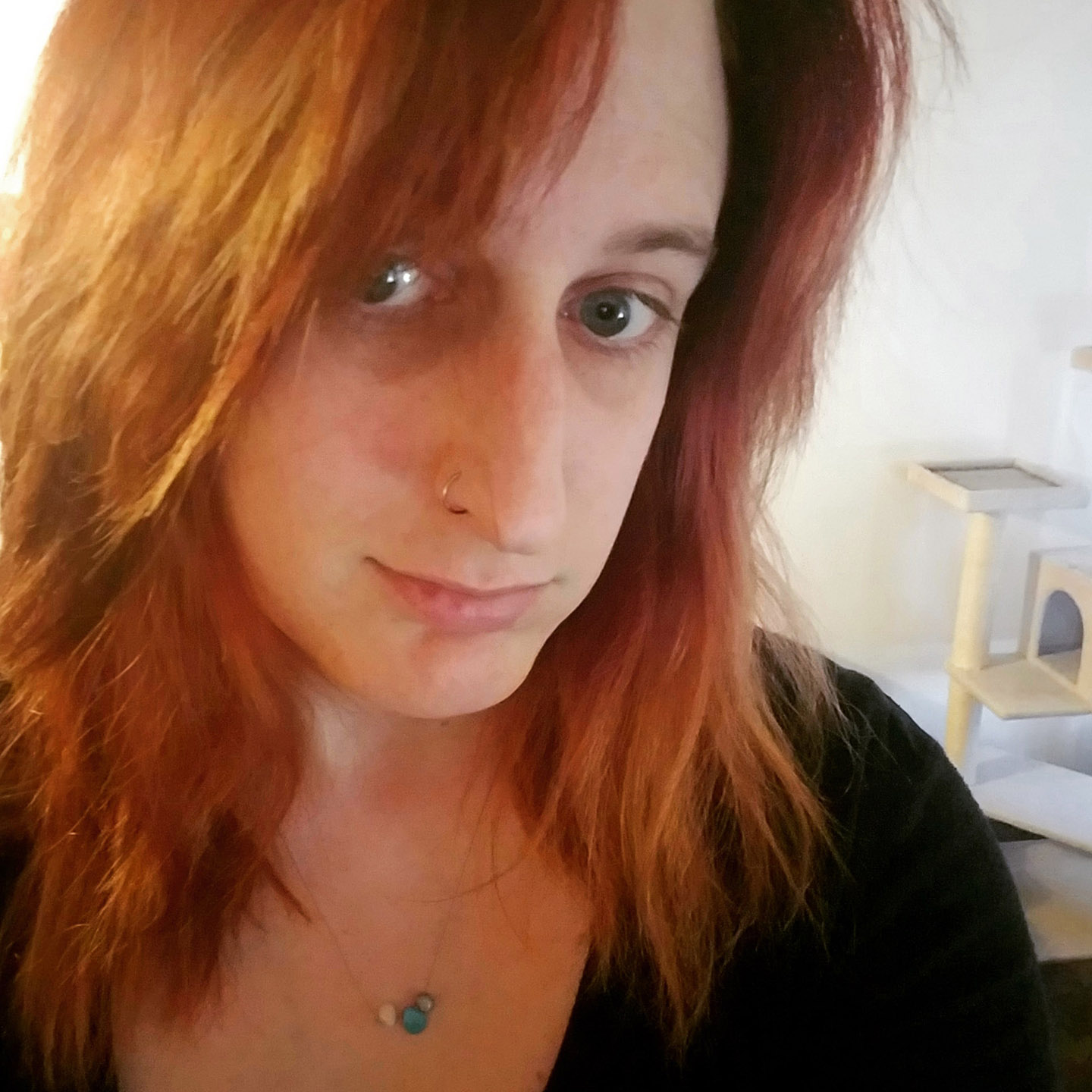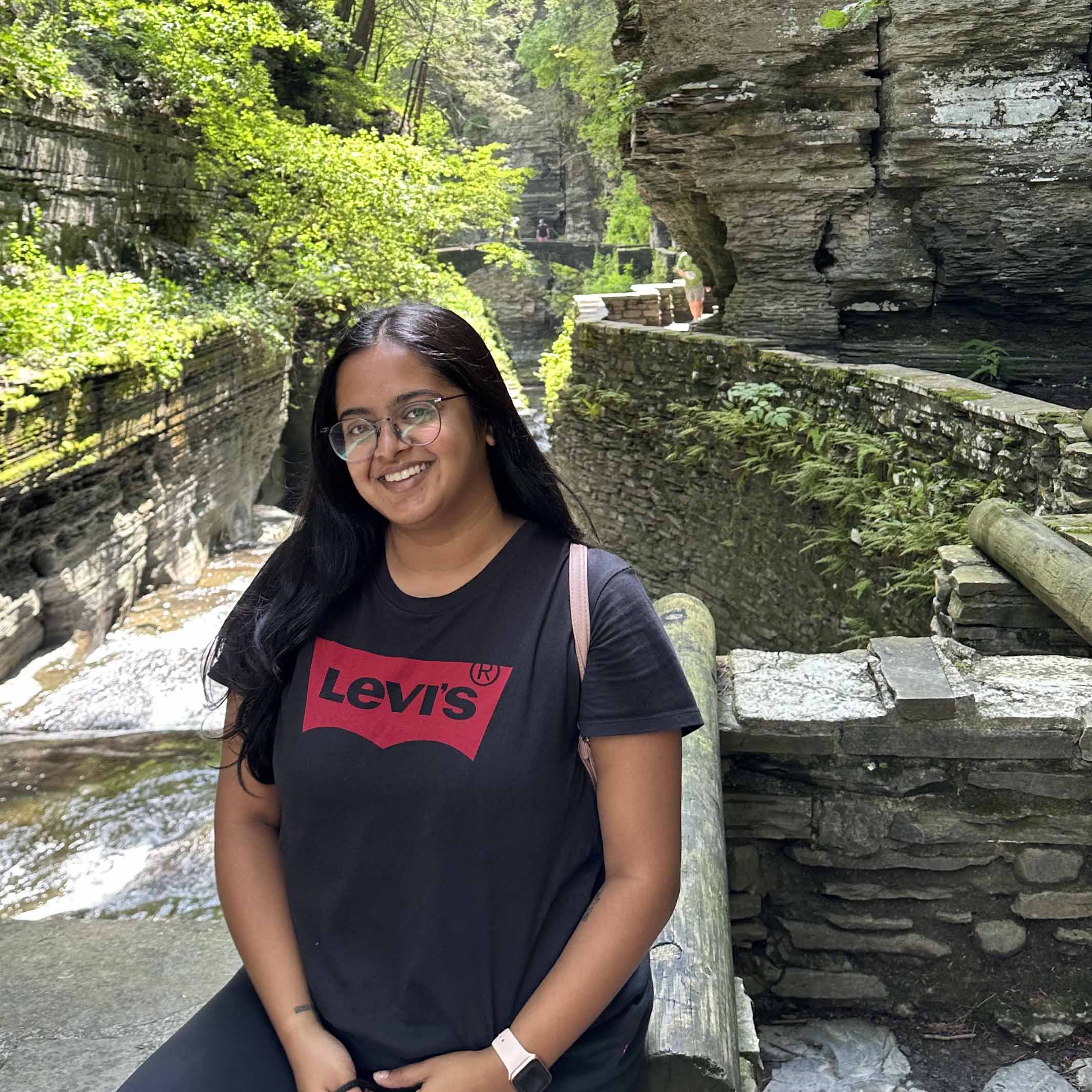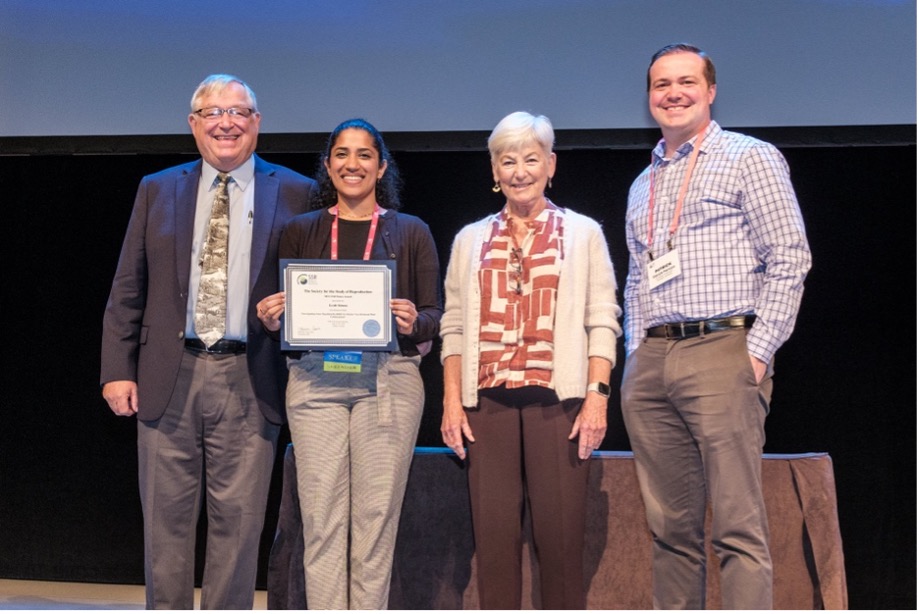Tegan publishes her exciting new research uncovering the roles of FANCJ in meiotic double-strand break repair


Virtually all crossovers are made by the mismatch repair proteins, MSH4/MSH5 (MutSγ) and MLH1/MLH3 (MutLγ). However, the number of crossover intermediates (~140 MSH4 foci) far exceeds the final number of crossovers (24-26 in male mice). The mechanisms regulating the selection of which intermediates maturate into crossovers remains poorly understood. Previously, we found that disruptions of the DNA helicase, BRIP1 (FANCJ), caused an increase in crossover number (measured by MLH1 foci in pachynema). FANCJ is known to have varied roles in DNA repair in somatic tissues, and interacts with diverse repair proteins, including MLH1. We thus hypothesized that FANCJ functioned as a regulator of meiotic recombination through an interaction with MLH1.
Our recent study (Horan et al 2024) surprisingly found that FANCJ does not interact with MLH1 during murine meiosis. Instead, FANCJ localizes to the axes of meiotic chromosomes much earlier in zygonema. In our analysis of three different Fancj mutant mice (including a whole-gene deletion), we found that loss of FANCJ had no impact on MLH1 foci number or the total number of crossovers. Further, FANCJ does not co-localize with MLH1, MLH3, or MSH4, strongly suggesting that FANCJ is dispensable for crossover formation. Instead, Fancj mutant mice showed an increase of DNA breaks persisting into late pachynema. FANCJ does strongly co-localizes with BRCA1 and TOPBP1 in late zygonema and early pachynema. Both BRCA1 and TOPBP1 are critical to the establishment of ATR signaling in response to induced double strand break (DSB) formation at the onset of meiosis. Collectively, our data suggest a role for FANCJ in early DSB repair, potentially in the formation of noncrossovers- Great work Tegan!






